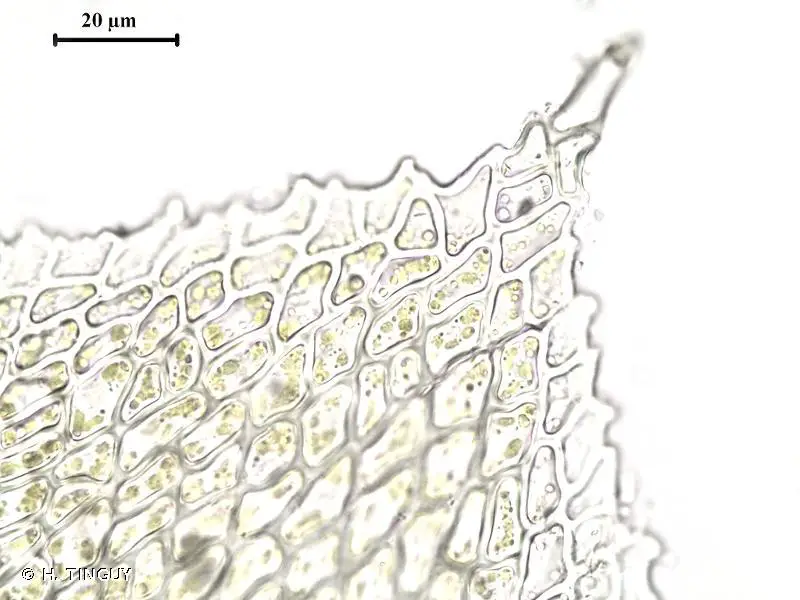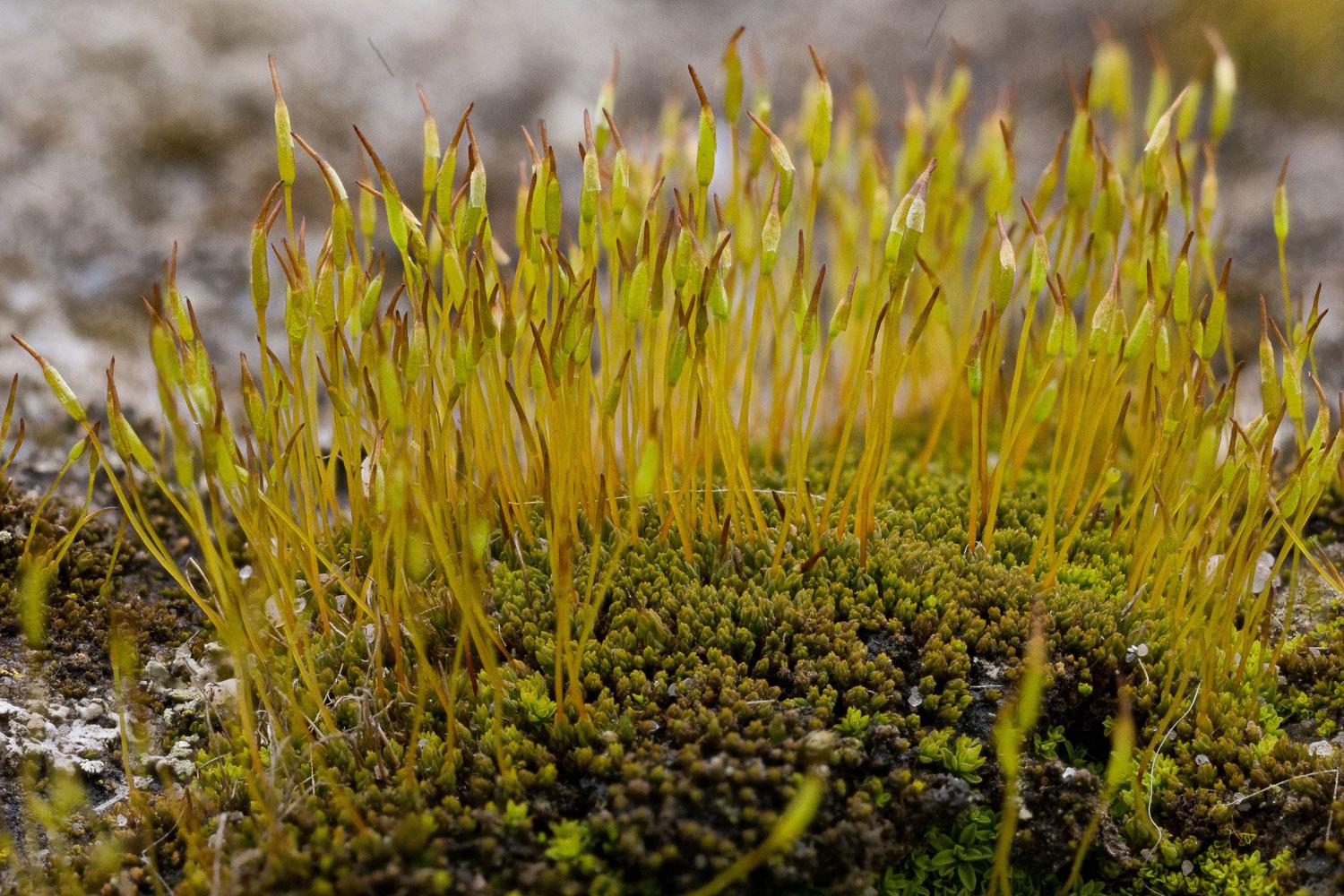
212095.jpg from: https://inpn.mnhn.fr/espece/cd_nom/5136/tab/fiche
Introduction
In the vast and captivating world of bryophytes, one unassuming yet remarkable moss species stands out – the Desmatodon obtusifolius (Schwägr.) Schimp., a member of the Pottiaceae family. Often referred to simply as Desmatodon, this tiny plant has captured the hearts and curiosity of moss enthusiasts worldwide.
Background
Before delving into the intricacies of this fascinating moss, let’s set the stage. Bryophytes, which include mosses, liverworts, and hornworts, are among the oldest and most primitive land plants on Earth. These resilient organisms have been around for over 400 million years, predating even the dinosaurs!

Tortula-obtusifolia-5.jpg from: https://ohiomosslichen.org/moss-tortula-obtusifolia/
Main Content
Morphology and Identification
Desmatodon obtusifolius is a small, acrocarpous moss that forms dense, cushion-like tufts or mats. Its leaves are oblong-lanceolate in shape, with a distinctive obtuse or blunt apex. The leaf margins are often recurved, and the costa (midrib) extends to the leaf tip or slightly beyond.
One of the most striking features of this moss is its reddish-brown color, which can vary depending on the environmental conditions. This coloration is due to the presence of pigments that help protect the plant from excessive sunlight and desiccation.
Global Distribution and Habitat
Desmatodon obtusifolius is a cosmopolitan species, meaning it can be found on almost every continent. It thrives in a wide range of habitats, from dry and exposed areas to more sheltered locations. You might encounter this moss growing on soil, rocks, walls, or even tree bark.
Despite its widespread distribution, Desmatodon is particularly well-adapted to arid and semi-arid environments, where it can withstand prolonged periods of drought. This remarkable resilience is due to its ability to enter a state of dormancy, reviving once moisture becomes available again.
Ecological Roles and Adaptations
Like all bryophytes, Desmatodon obtusifolius plays a crucial role in its ecosystem. It helps stabilize soil, retains moisture, and provides a microhabitat for various tiny organisms, such as tardigrades (water bears) and rotifers.
One of the most fascinating adaptations of this moss is its ability to reproduce both sexually and asexually. During favorable conditions, it produces spore capsules that release millions of spores, allowing for widespread dispersal. However, when conditions are less favorable, Desmatodon can propagate through fragmentation, with small pieces of the plant establishing new colonies.
Case Studies/Examples
In the arid regions of the southwestern United States, Desmatodon obtusifolius is a common sight, forming vibrant patches on rocky outcrops and desert soils. Its ability to withstand extreme temperatures and prolonged drought has made it a subject of interest for researchers studying plant adaptations to harsh environments.
Technical Table
| Characteristic | Description |
|---|---|
| Phylum | Bryophyta |
| Class | Bryopsida |
| Order | Pottiaceae |
| Genus | Desmatodon |
| Species | obtusifolius |
| Growth Form | Acrocarpous, cushion-like tufts or mats |
| Leaf Shape | Oblong-lanceolate, obtuse apex |
| Leaf Margin | Often recurved |
| Costa | Extends to leaf tip or slightly beyond |
| Color | Reddish-brown |
| Habitat | Soil, rocks, walls, tree bark |
| Distribution | Cosmopolitan, particularly arid and semi-arid regions |
Conclusion
The Desmatodon obtusifolius (Schwägr.) Schimp. moss, or simply Desmatodon, is a true marvel of nature. Its ability to thrive in harsh environments, its unique morphology, and its vital ecological roles make it a fascinating subject for moss enthusiasts and researchers alike. As you explore the world of bryophytes, take a moment to appreciate the resilience and beauty of this unassuming yet remarkable plant. Who knows what other wonders await in the intricate tapestry of the moss kingdom?